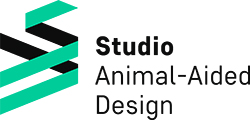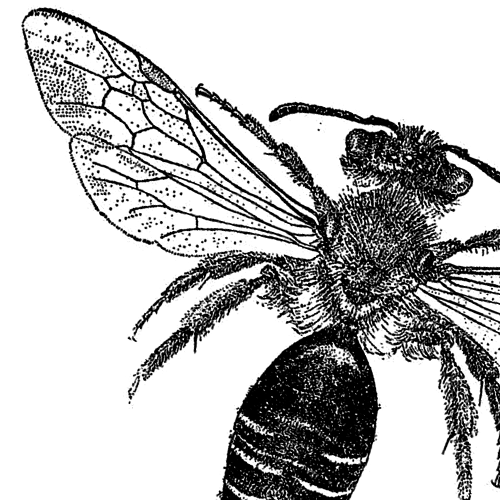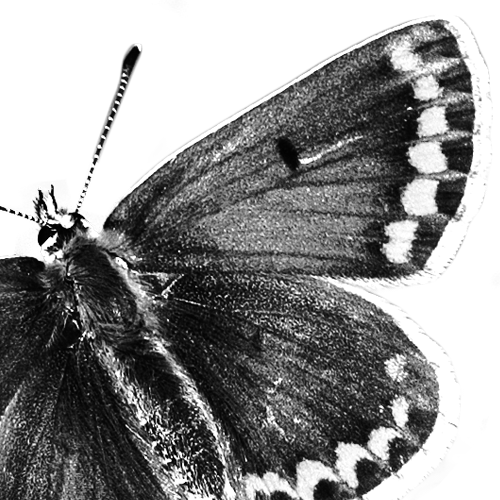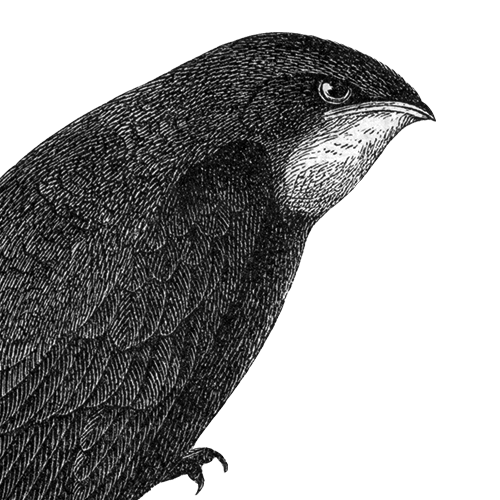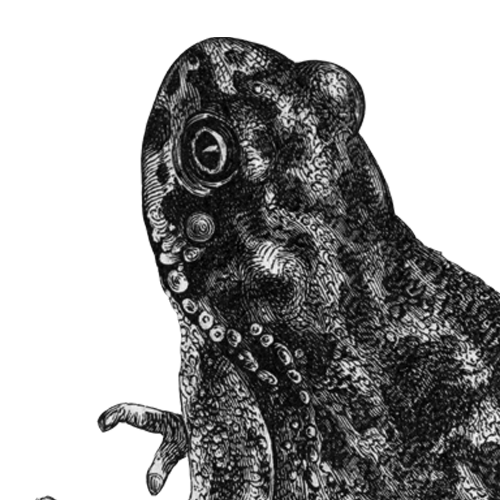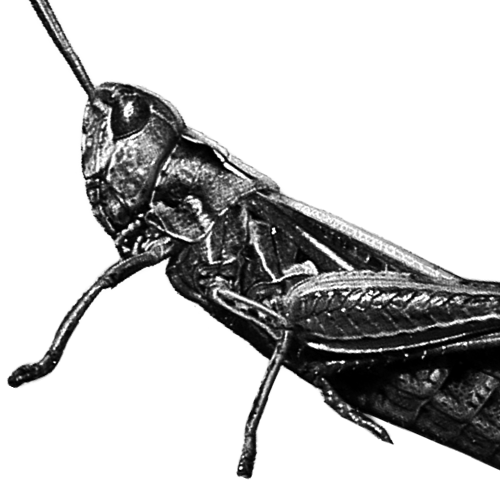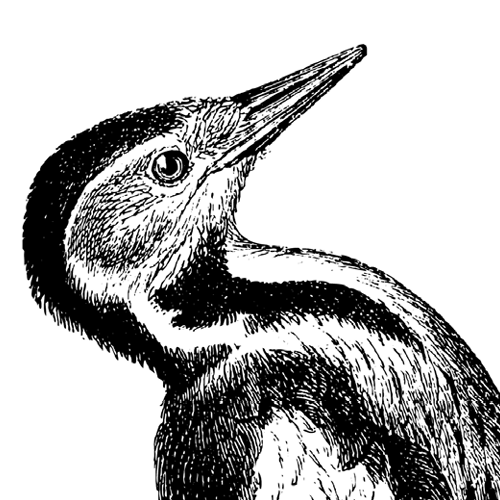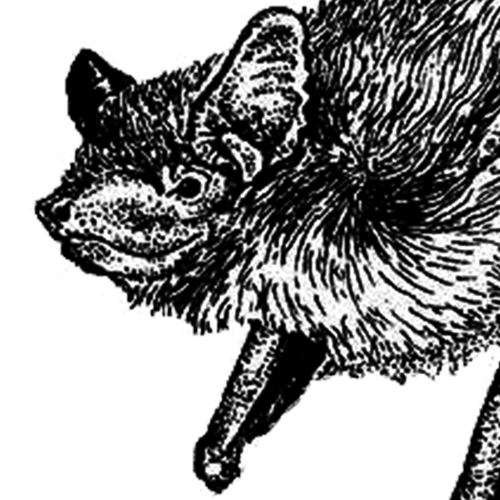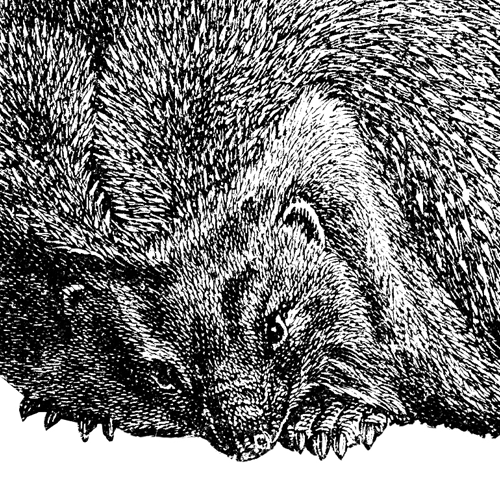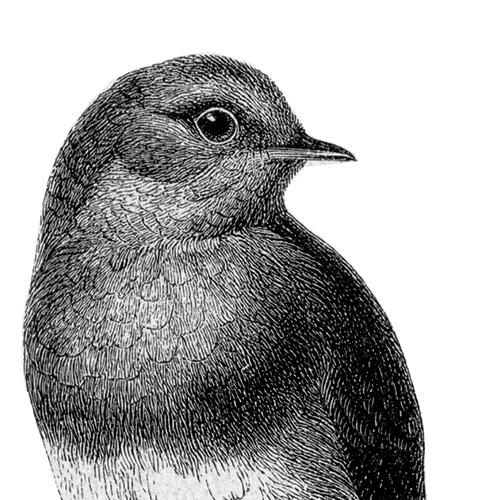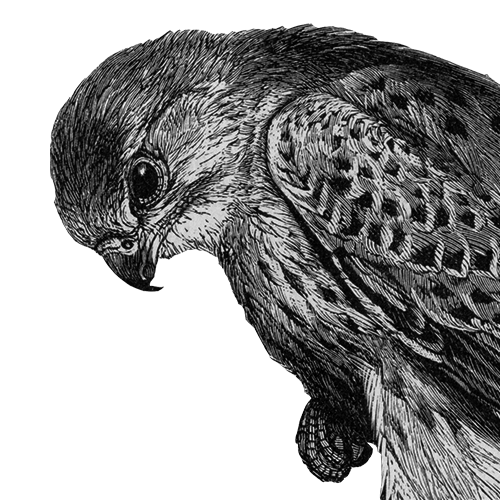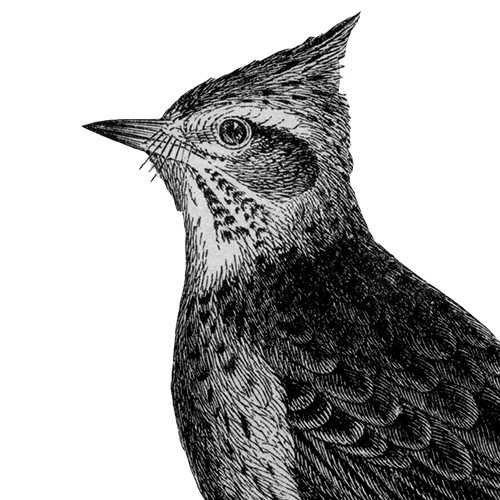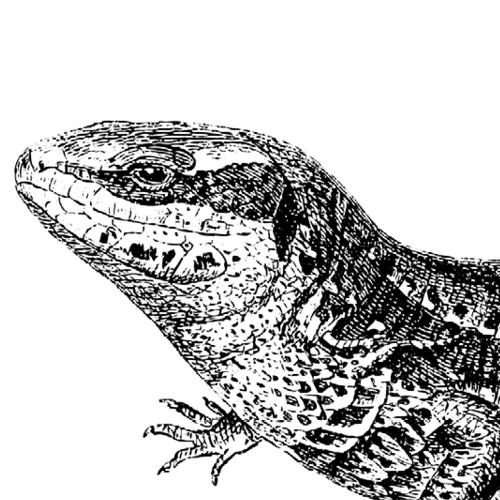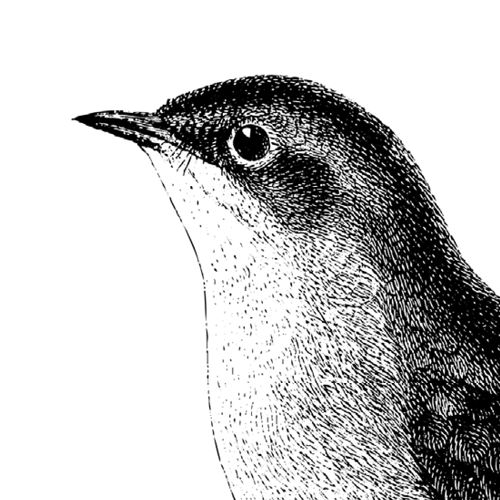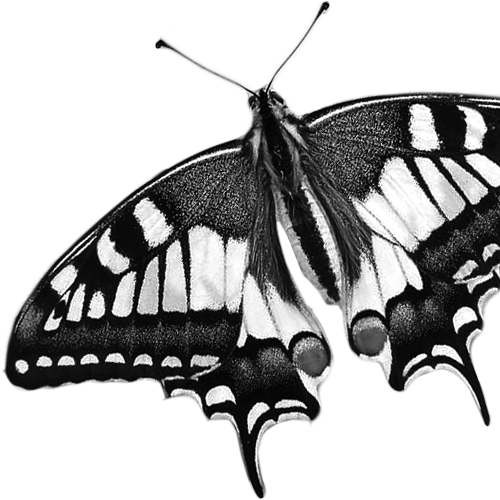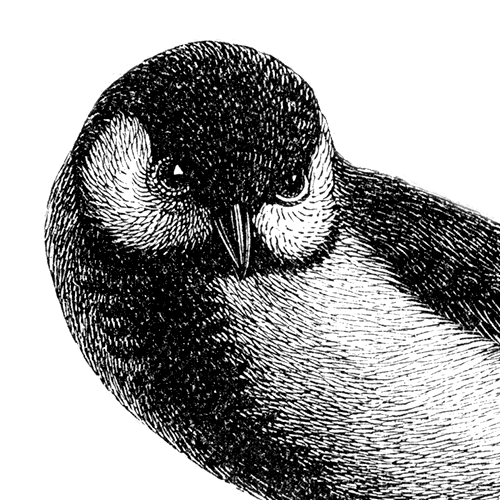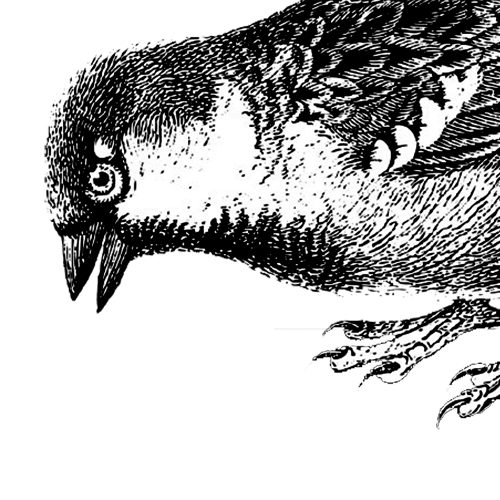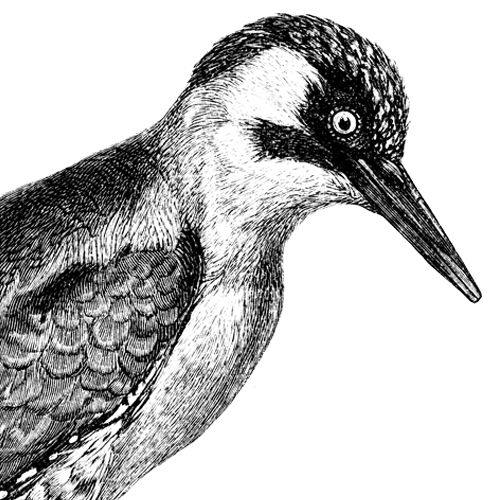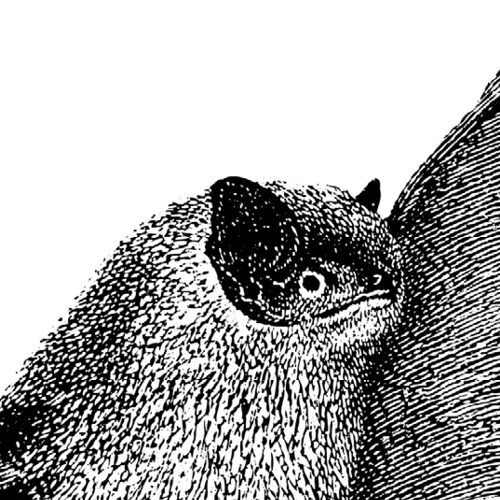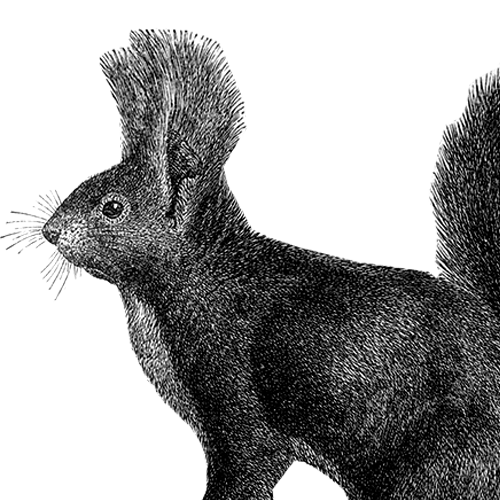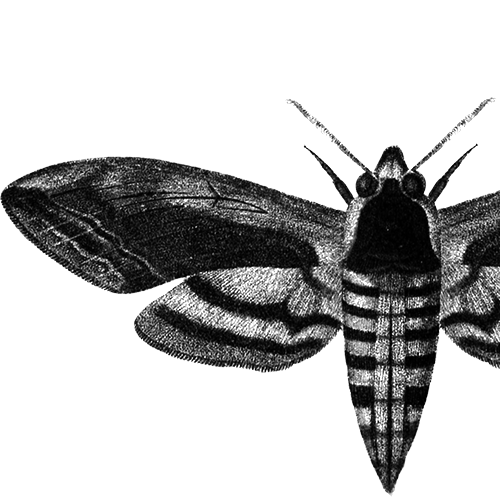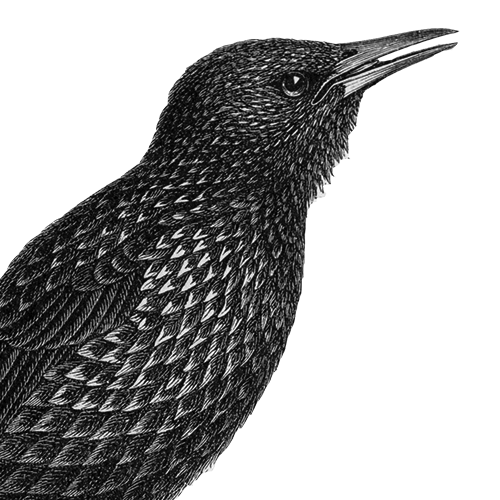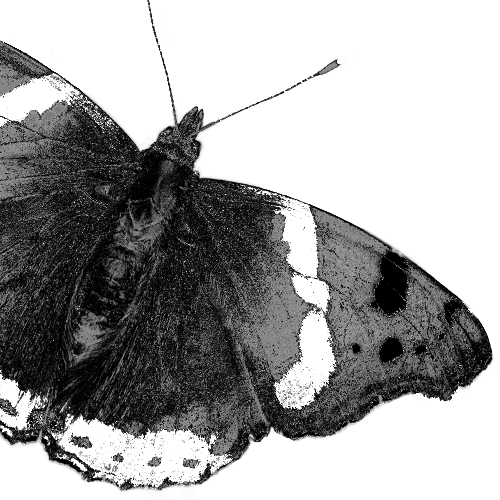ANIMAL-AIDED DESIGN
Species Portraits
Animal-Aided Design uses species portraits for the design process. For a given target species, the species portrait contains all the essential information that a planner needs to plan for the species. In particular, the species portrait provides information about the critical requirements of a species in its habitat. We also call these requirements “critical site factors”. For each phase in the life cycle of the species, it is indicated which critical site factors must be considered.
The species portrait begins with a brief description of the species, what it looks like, where it lives, how to recognize it, how it can be perceived by humans, what benefits the species has for humans and what conflicts there are with the species. This is followed by a description of the critical site factors according to life phases as well as planning aids for implementation. Finally, the species portrait contains further information about the species that is of interest to planners or citizens.
Species portraits are carefully prepared taking into account the current literature and in consultation with experts. As soon as there are new findings on the possibilities of enabling a species to survive in the urban area, this is included in the species portrait. Species portraits are therefore living documents that are intended to reflect the current state of knowledge.
On this page you can see portraits we have already worked out. Some selected examples can be downloaded as PDF files or you will be referred to the respective publications containing the portraits.
